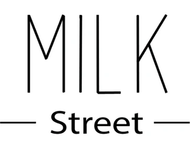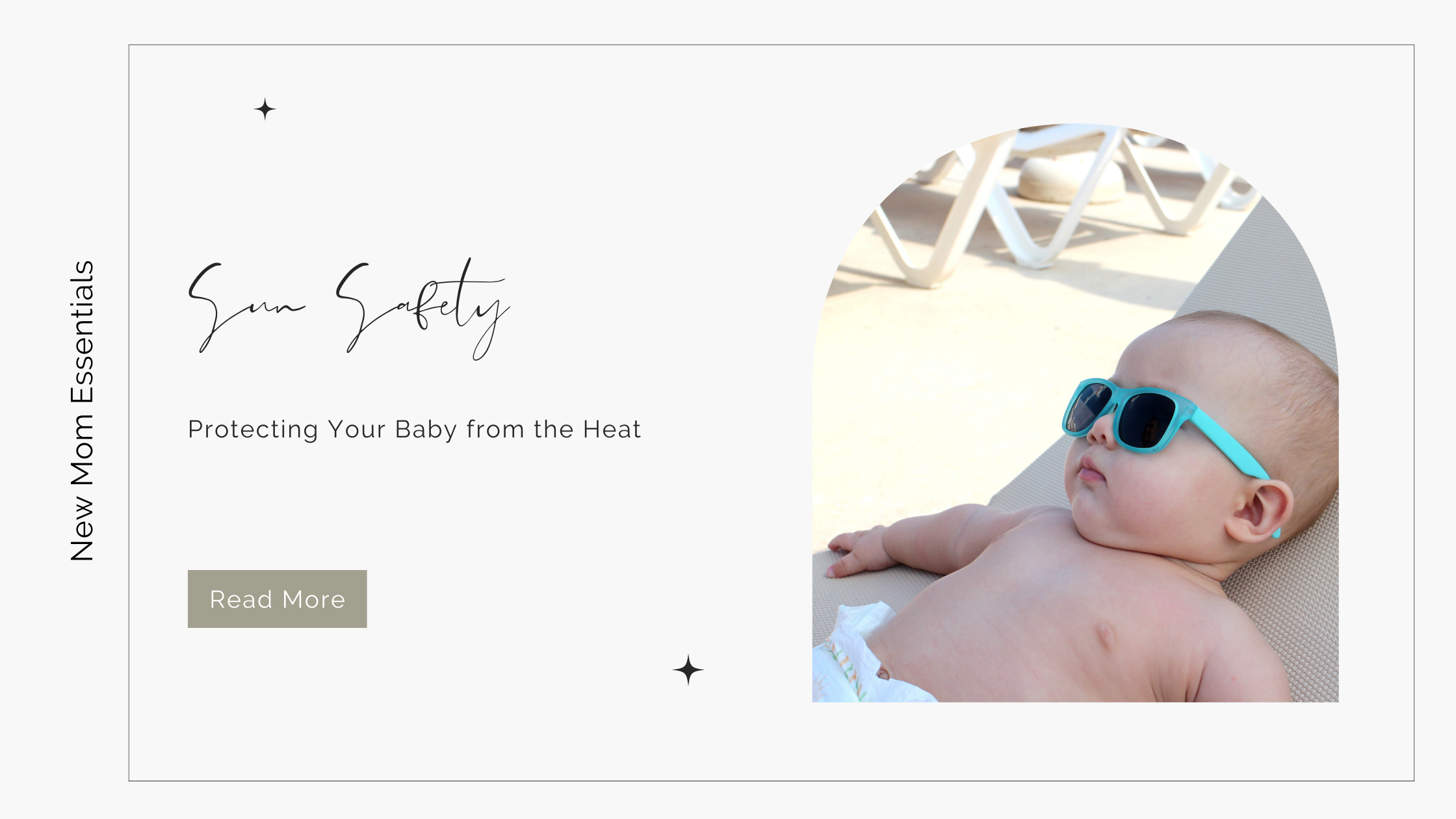Summer is here, and the temperatures are hot! With the warmer weather, summer activities are in full swing. No one wants to sit inside all summer, so here are some ways to protect your little one from the heat.
In case you did not know, babies' have what is called 'virgin skin'. All of the melanin is not yet developed in their skin, causing them to be more susceptible to sun damage. They are also not able to regulate their own temperature. This can cause them to overheat quickly.
0-6 Months
For babies' under six months it is typically recommended to not use sunscreen. Babies' six months and under have extremely sensitive skin that will absorb chemicals fast. Most sunscreens on the market include certain chemicals that you don't want on your newborn. Instead, opt for keeping them in the shade as much as possible. If you do have to take them out in the sun, dress them in light clothing that contains SPF. Try to stay indoors during the peak sun hours of 10 a.m. to 2 p.m (Infant Sun Protection).
Another tip is to get a small hook-on fan that you can hold, or hook onto your baby carrier when out and about. This will give your baby some good air flow.
Also, don't forget that sunlight can sneak in through your car windows! I personally have my windows tinted, but you can also install a window shade to pull up or down when your baby is riding in the car.
Remember, not all baby carriers are well-ventilated. If your baby starts to look flushed, take him/her out of the carrier and seek a cooler area. I brought a small pop up shade tent with me everywhere while my baby was young. This allowed me to have some place to put him other than in his carrier.
If you suspect your new baby is getting hot, watch out for these signs: Their skin turning red, acting unusually fussy, fever, skin is warm to the touch, rapid heartbeat, not sleeping well, etc.
6-12 Months
For babies' six months and older they may start wanting to participate in more outdoor activities. At this stage, babies' skin is still sensitive, but sunscreen is recommended. It is important to find one that is natural and does not contain unnecessary chemicals.
Look for broad-spectrum sunscreens that offer both UVA and UVB protection with a minimum SPF of 30. Apply sunscreen at least 30 minutes before going outside, and reapply every two hours – or sooner, if your baby has been swimming or sweating. Do a small test patch on your baby before putting sunscreen on to ensure that they do not have any adverse reactions. ThinkBaby mineral sunscreen is my personal favorite to use on my little one. It is water resistant up to 80 minutes, free of harmful chemicals, SPF 50, non-oily feel, non-toxic, and EWG certified. Be sure to talk to your pediatrician or do your own research to find out what will work best for you!
Along with sunscreen, light SPF clothing comes in handy! I put my son in a spf t-shirt, swim trunks, as well as a lightweight hat to protect his face! I love hats with the strap for under-the-chin security to prevent the hat from falling off. Coolibar is one of my favorite brands for clothing that contains SPF!
If they aren't playing in water, try and stay close to the shade to avoid direct sunlight.
Warning signs for overheating are the same as 0-6 months!
1-2 Years
The same rules apply as your baby becomes a toddler. Apply sunscreen, put them in light SPF clothing, and point them towards the shade. The sun can be draining, especially if your baby is becoming more active. You may want to schedule extra indoor rest time if you are noticing they are becoming unusually tired. Don’t forget to encourage extra fluid intake.
Another good tip is to watch the UV index and avoid the hottest parts of the day. If you are hot, your baby probably is too.
As they get older the warning signs for overheating to watch out for are: Red skin, acting unusually irritable or fussy, not wanting food or drink, going hours without wet diapers, restlessness, etc.
Some tips to remember:
Never leave a child in a hot car in the summer. Cars heat up to dangerous levels quickly!
The American Academy of Pediatrics says that the ideal temperature for a baby's room is between 68 - 72 degrees fahrenheit. If that is unattainable, close blinds and curtains to prevent direct sunlight, and use fans to circulate the air.
Again, use good judgment! If you're warm, your baby is warm.
The American Academy of Pediatrics recommends avoiding excessive sun exposure by staying out of the mid-day sun and dressing infants in lightweight long pants and long-sleeved shirts as the best protection against sunburn.
You don’t have to avoid the outdoor fun, just be smart and keep your little one safe in the sun!

